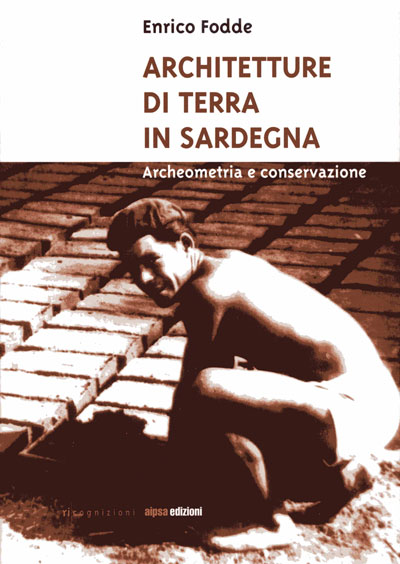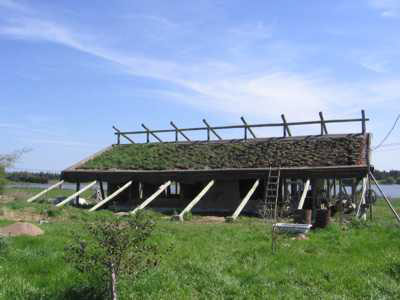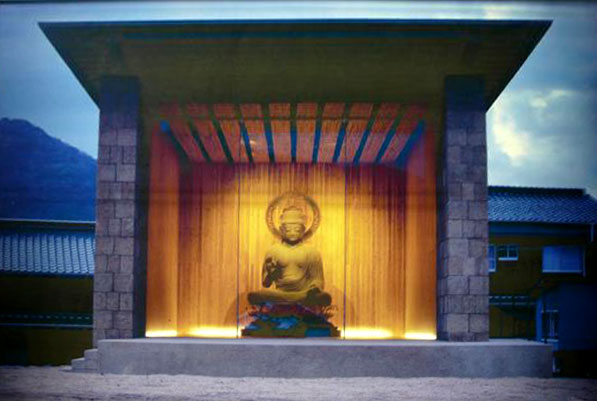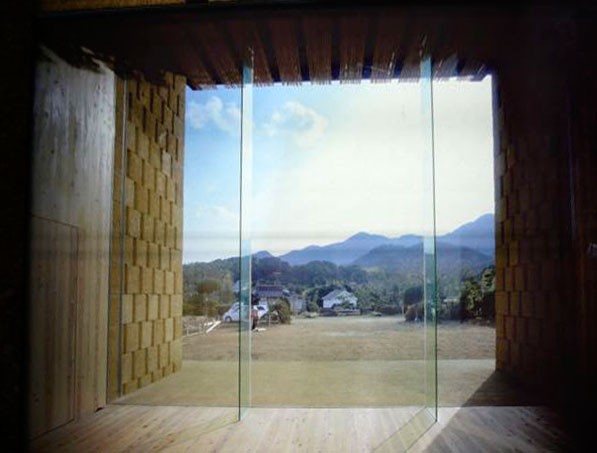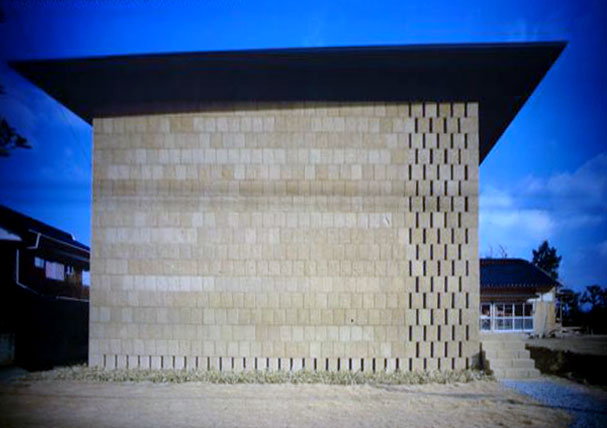Save the Heritage of Hassan Fathy is an International Association based in Geneva (Switzerland), founded in February 2008 to safeguard the heritage of the Egyptian architect, Hassan Fathy.
His works constitute a patrimony of outstanding value which belongs to the cultural world heritage. The Association’s objectives are the following:
- Raising the awareness of the public opinion about the importance of the work of the Egyptian architect
- Providing a platform of exchanges between the concerned Institutions (public and private) and Universities
- Promoting protection and conservation projects to safeguard this outstanding heritage
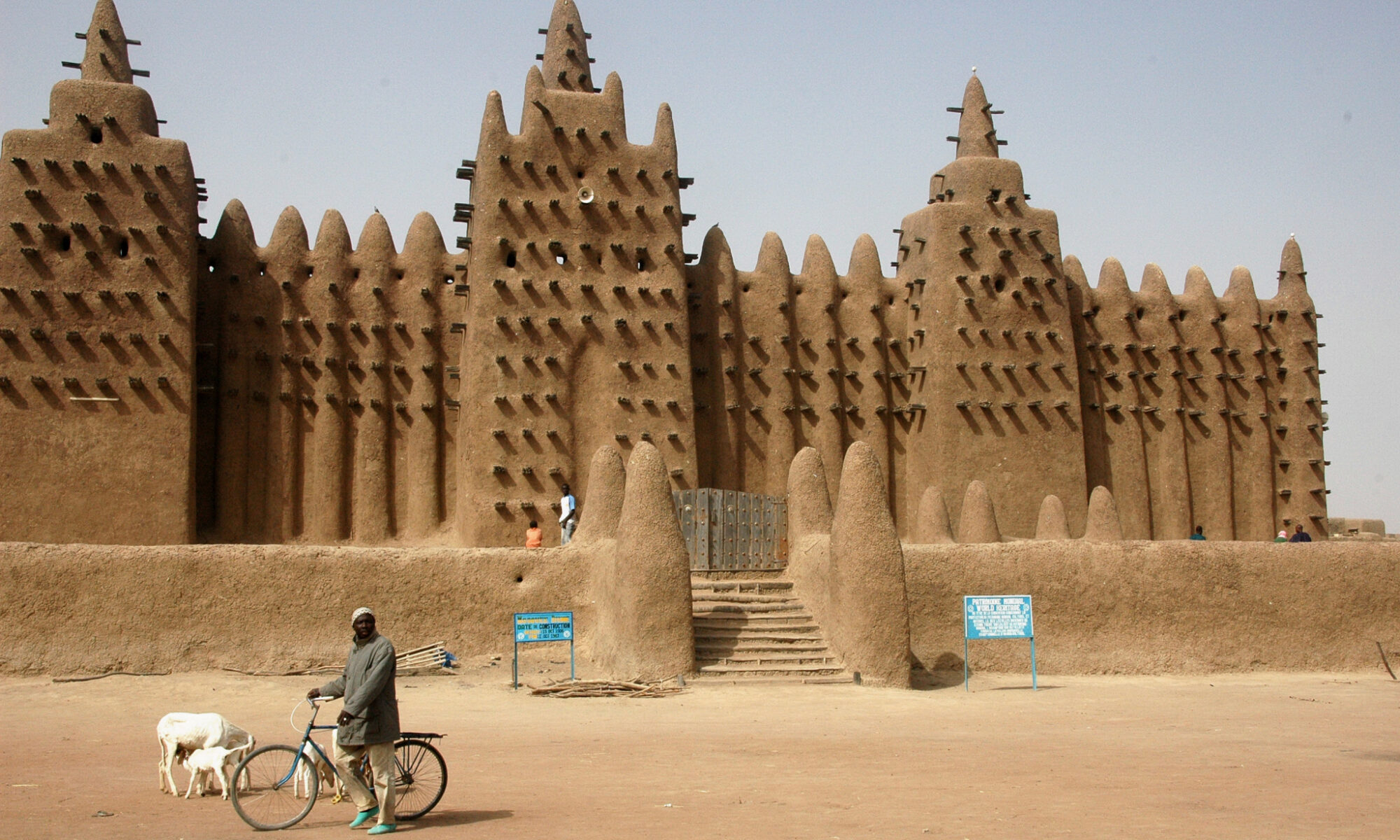
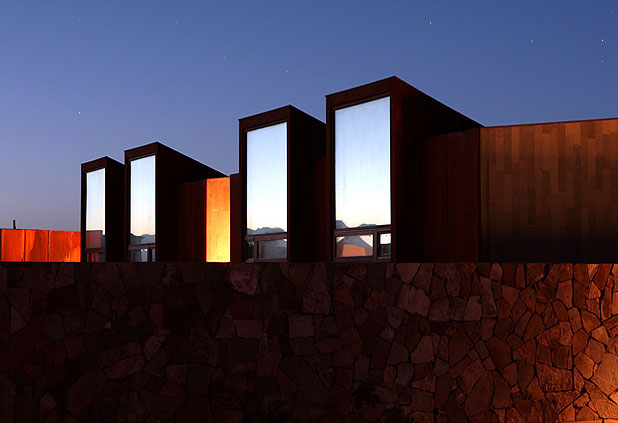
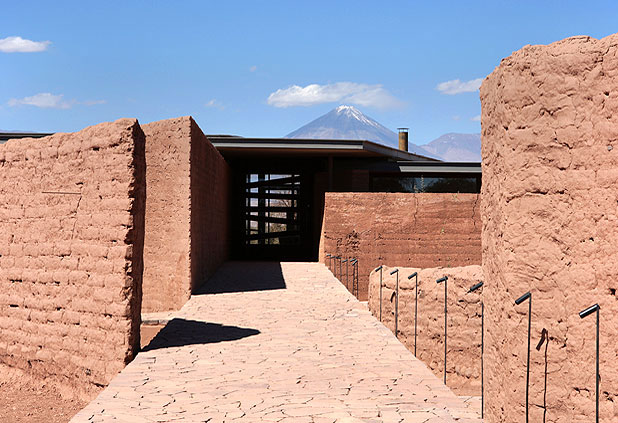
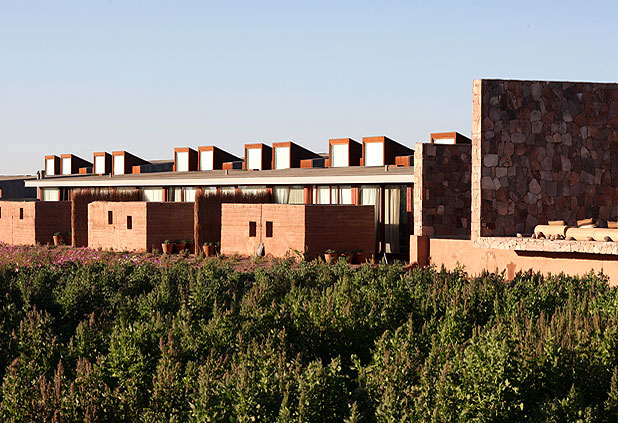
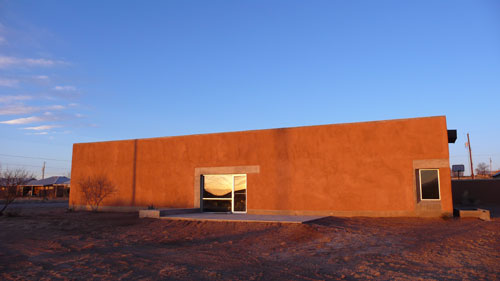
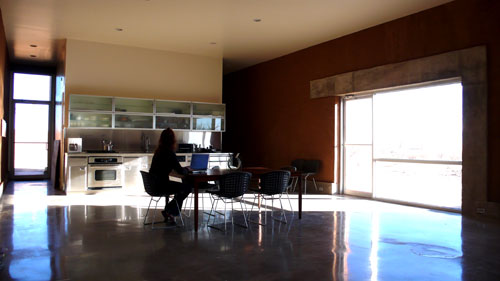
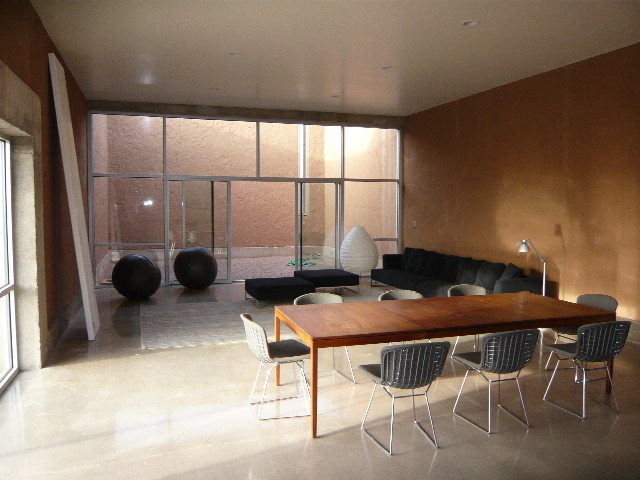
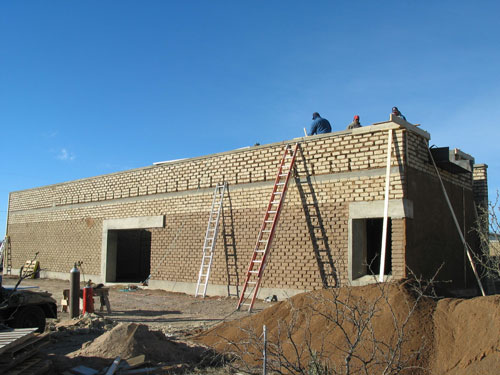 Ronald Rael and Virginia San Fratello. Ocotillo, mesquite, yucca and sotol serve as the backdrop and the view of the landscape from the house extends out to the Davis Mountains in the distance.
Ronald Rael and Virginia San Fratello. Ocotillo, mesquite, yucca and sotol serve as the backdrop and the view of the landscape from the house extends out to the Davis Mountains in the distance. 